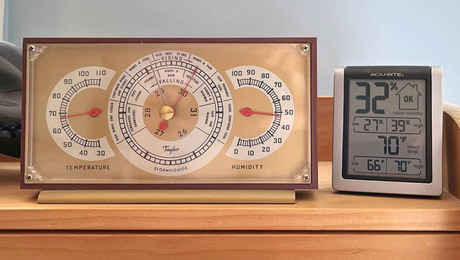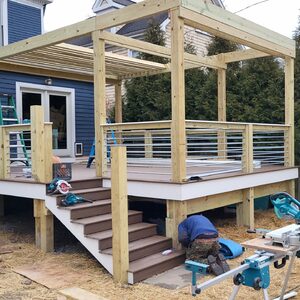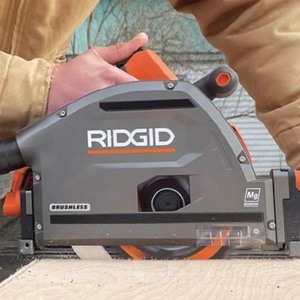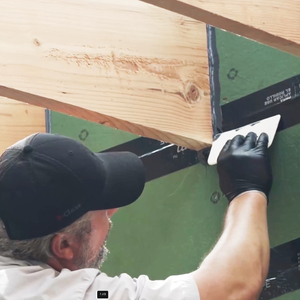The front steps of my house have settled. The steps were placed on top of a poured concrete slab. The entire slab has settled but more so closest to the house foundation. I’ve seen some slab jacking videos but I don’t see any companies that do this work in my area….just south of Boston, MA. I’ve had a couple of estimates to tear down, redo the slab, and rebuild the stairs but it was pricey and I have the time to do the work myself.
There are only 2 steps and the landing. Can anybody recommend a book on the process?
I’m familiar with rise and run dimensions. But I’m wondering about what type of brick, how many, whether to use concrete block underneath, etc. I figure that the slab is done settling (house is 30+ years) so should I build it up and level it or do the build up with concrete block?
Thank You
Discussion Forum
Discussion Forum
Up Next
Video Shorts
Featured Story

Source control, ventilation, and filtration are the keys to healthy indoor air quality. Dehumidification is important too.
Featured Video
How to Install Exterior Window TrimHighlights
"I have learned so much thanks to the searchable articles on the FHB website. I can confidently say that I expect to be a life-long subscriber." - M.K.

















Replies
If the steps are only on a slab, not actual footings, the stairs will continue to sink. Living in Boston, I think 4' deep footings are required.
Maybe this is why the estimates from the professionals seemed high? Digging and pouring (and doing it right) can be pricey.
Sorry if my post was confusing as to my location. I don't live in Boston. I am 10 miles south of Boston. A lot of the houses in my development have the same problem. I have a second set of steps at the front of my house that are for the farmers porch (between the house and attached garage). The farmers porch steps settled quicker than the steps for the main house and I had these professionally redone. I watched the demo and the contractor said the settling was due to improper backfilling (topsoil was used), not enough tamping, and real skinny rebar. There was so much settling that I wound up with an extra step when the farmers porch steps were redone. There was a building boom when our house was built and everything was done in a hurry and a lot of the workers were not very good.
Quick story.....a local handyman has spent years doing repair work on the houses in my development. Several years ago the handyman sent a Christmas card to the GC who built our houses and included a note thanking the GC for all the fixit work opportunities. The GC did not know the handyman and asked a friend who the handyman was. The GC's friend knew the handyman and told the handyman that the GC had received the card and note. The handyman was laughing when he told me the story.
1. It doesn't matter if you're in Boston proper or in a suburb near Boston. Let's reset the parameter as - If you're in New England.
2. For the steps, fill material and/ or poor compaction of the fill didn't cause the problem, however it did accelerate the problem.
3. Typically, footings aren't used for slabs. If you have a sidewalk or patio that is sinking, it's due to poor compaction and fill material. Might be there's also clay in the ground.
4. Professionally done or not, footings are needed for your steps. They have to go down 4' in your area, or to an undisturbed base - whichever is greater. After 30 yrs, I think 4' is sufficient for steps.
5. The concrete pad lifting you see in YouTube videos are for slabs - sidewalks and driveways where the load is spread out. Also, they are temporary fixes. Temporary might be 4 years, but that's still temporary.
Frankie